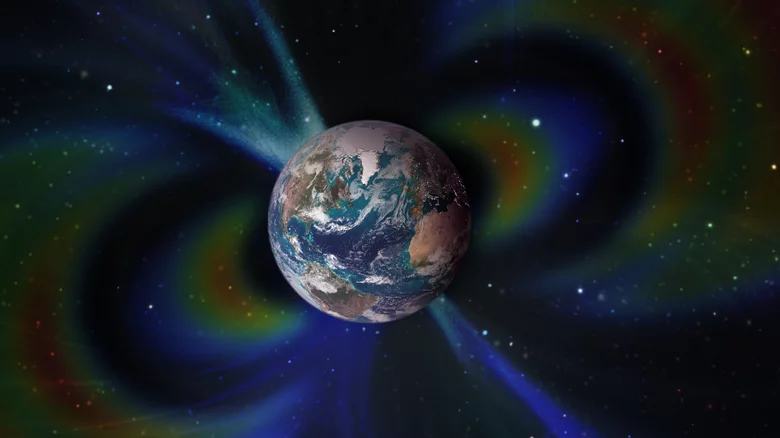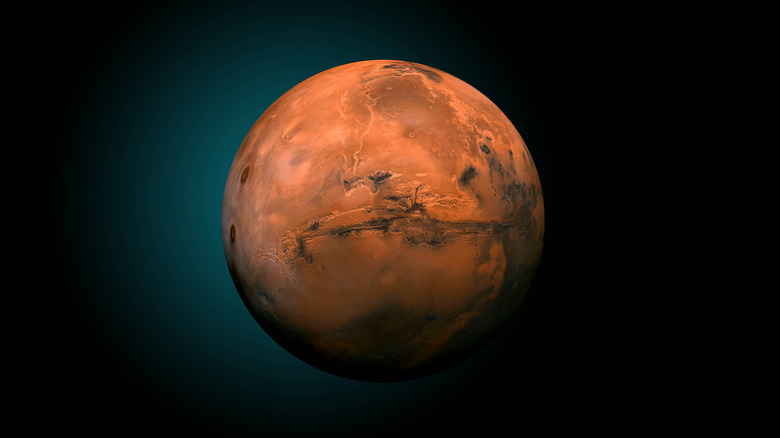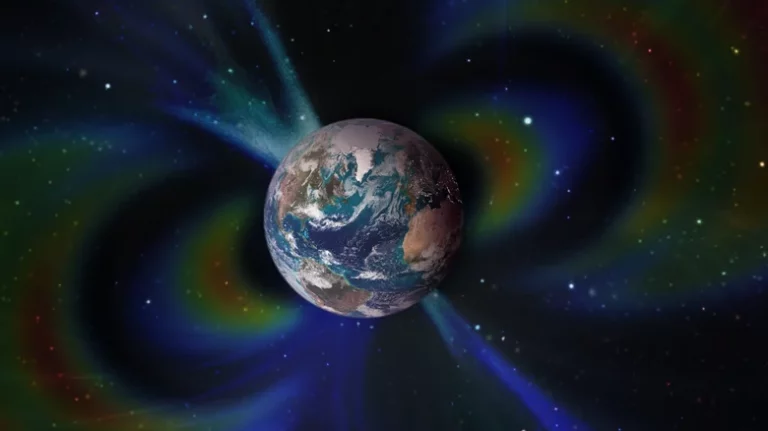Research Explains How Earth Prevented Being Like Mars
Mars could be a fascinating option for crewed space flight in the future, but it’s not somewhere you’d want to call your home. It is a very unfriendly environment for human existence, with its thin, carbon-dioxide-rich atmosphere, frigid temperatures, and radiation to name a few factors. But it’s possible that Mars and Earth were originally extremely similar, only gradually diverging through time to become the very unlike worlds we know today. Now, scientists have discovered hints as to how Earth managed to escape turning into a barren wasteland like Mars, and it has everything to do with the planet’s innards.

The magnetosphere, which shields life on the ground from harmful cosmic radiation, is Earth’s hidden weapon that makes it friendly to life. However, the intensity of the Earth’s magnetic field drastically decreased some 565 million years ago, reaching barely 10% of what it is at present (source: University of Rochester). Fortunately for humans, the field recovered its strength prior to the Cambrian boom, which saw the rapid emergence of several new animal species.
It has been unclear why exactly the magnetic field strengthened again, but recent work from researchers at the University of Rochester provides some answers.
Around the same time as the planet’s solid inner core developed, the planet’s magnetic field strengthened, and these two occurrences appear to be related.
According to John Tarduno, one of the study’s authors, “the inner core is really significant.” The magnetic field was on the verge of collapsing just before the inner core began to expand, but as soon as it did, the field was restored.
Looking to ancient rocks for answers

Scientists are aware that the planet’s outer core, where liquid metal flows and generates electrical currents, is what generates the magnetic field on Earth. They are therefore interested in the planet’s internal evolution, although it is challenging to investigate.
For this research, scientists examined extremely ancient minerals that have been pushed up to the surface of the globe (through the University of Rochester) to better understand how the Earth’s interior has altered over time. These include magnetic particles that still preserve knowledge about the planet’s magnetic field from when they were liquid and solidified.
With the use of this data, the scientists were able to estimate that the magnetic field’s intensity recovered around 550 million years ago, or 15 million years after its decline, and at the time when the solid inner core is estimated to have developed. The outer core’s capacity to produce magnetic fields was improved and “recharged” by the inner core.
We could investigate the possibility that the current inner core is made up of two sections since we more precisely limited the inner core’s age, according to Tarduno. The inner core was indirectly impacted by plate tectonic movements on Earth’s surface, and the structure of the inner core contains traces of these movements’ past.
Earth may have resembled Mars, which over time lost its magnetic field and became radiation-vulnerable, if its magnetic field hadn’t been regenerated. Mars finally ran out of water as a result of this. So be grateful that our planet’s interior kept us from suffering that outcome.
Do not forget to share your opinion with us to provide you with the best posts !




0 Comments